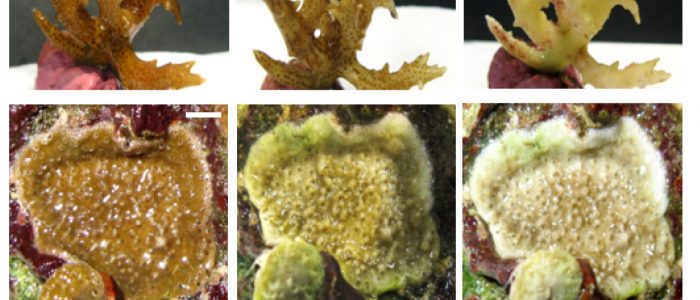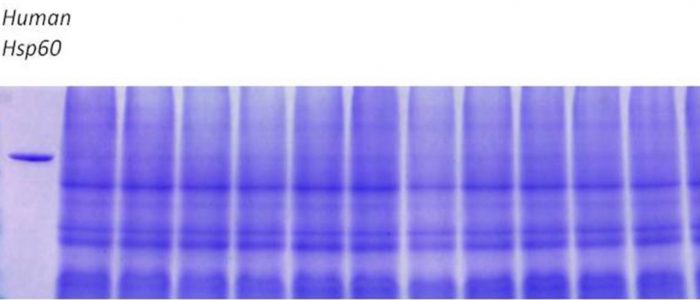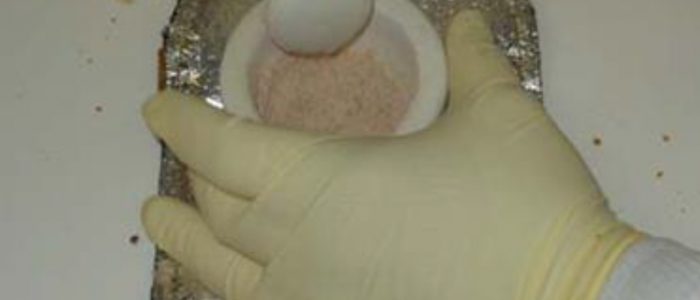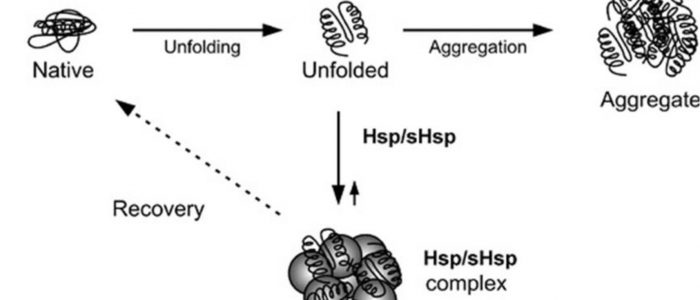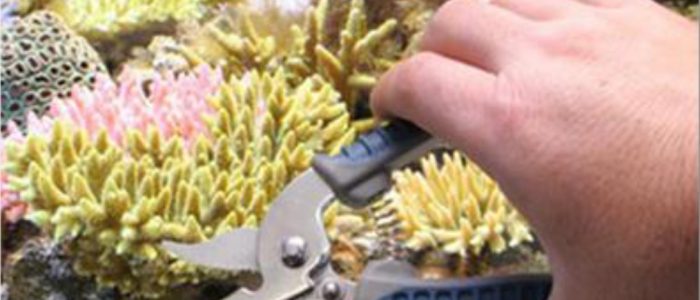Heat Shock Proteins Expression in Corals
The health of the coral reefs worldwide is seriously endangered by a multitude of factors, both biotic and abiotic. In fact, the global climate change is widely recognized as the most serious threat to coral reefs, causing abnormally elevated and low ocean temperatures, high UV radiations, severe changes in salinity and ocean acidification. At the same time, coral diseases are strongly contributing to the rapid global decline in coral cover and diversity causing unprecedented declines in many coral taxa.
As sessile marine organisms, corals cannot escape to the surrounding environmental conditions and for this reason, in order to cope with environmental perturbations, they rely mainly on their physiological and cellular stress responses. Since the earliest steps of an organism’s response to any stress occur at the cellular level, a useful diagnostic tool is represented by the analysis of the expression of cellular stress molecular biomarkers that reflect changes in the cellular structural integrity and in the functional cellular pathways and performance. Among these, the Heat shock proteins (Hsps) fulfil a crucial role as defense mechanism, by sustaining protein homeostasis during cellular stress through the up-regulation of their expression. In fact, Hsps facilitate proper protein folding and multimeric protein assembly, assist protein translocation, prevent the aggregation of misfolded proteins and facilitate the removal of protein aggregates, participate in signalling pathways and regulate stress-induced apoptosis. They also are involved in the intracellular protein transport and in the degradation of damaged proteins as well as in the immune response acting as immune modulators.
Hsps are categorized into several families, named on the basis of their approximate molecular mass, with specific functions performed in a specific cellular compartment of which can provide useful information about the functionality under stress. Since the levels of Hsps in the cells are up-regulated in order to increase cellular repair and cellular tolerance when environmental variations, both abiotic and biotic, perturb the organism’s physiological system, the analysis of their expression may constitute a useful diagnostic tool, capable to check specific variations in the coral health and physiology which cannot be detected morphologically.
